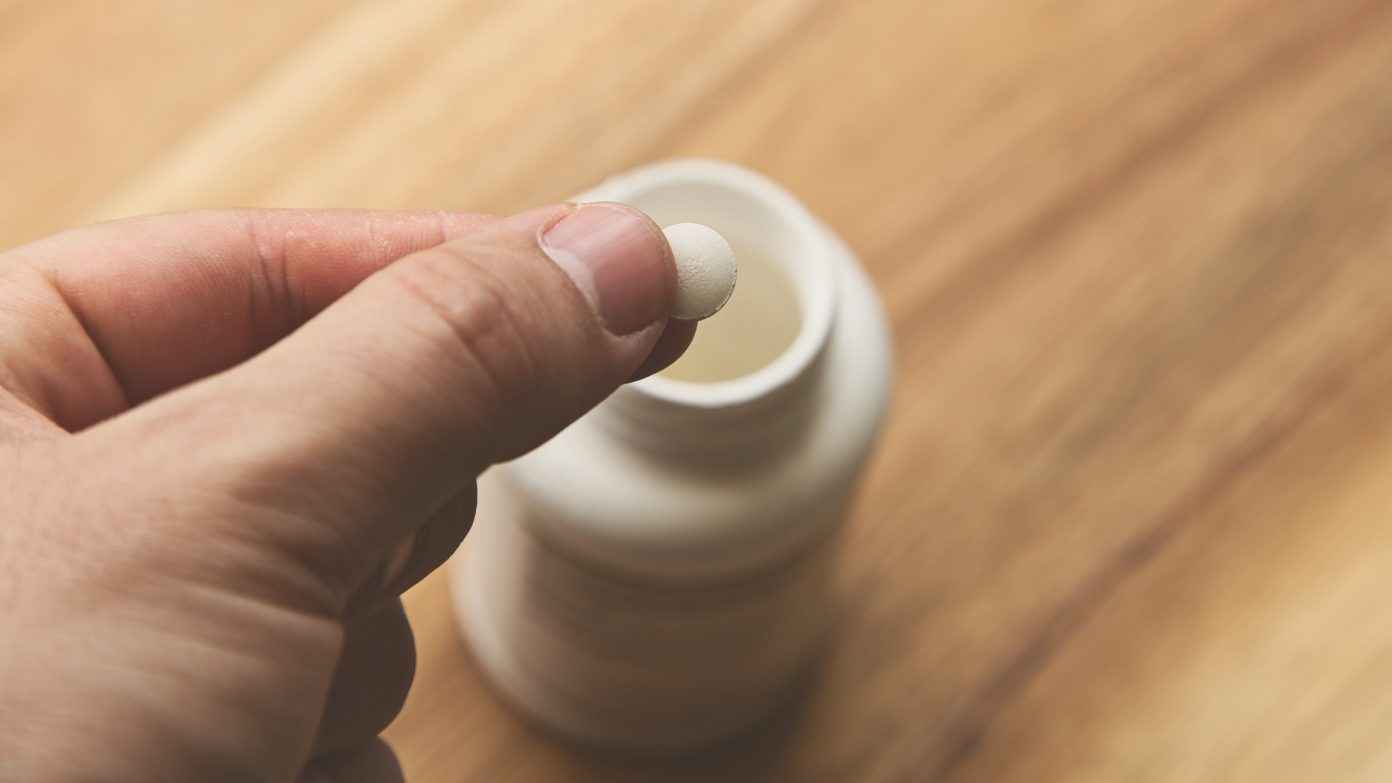Access to Treatment for Individuals with Opioid Use Disorder
April 21, 2021
Overview
As the United States marks one year of the COVID-19 pandemic, which has resulted in more than 500,000 deaths and a historic economic recession, the Network has joined with public health law partners to produce a report offering a new assessment, by 50 top legal experts, on the U.S. policy response to the crisis. This new report, COVID-19 Policy Playbook: Legal Recommendations for a Safer, More Equitable Future, presents a timely examination of policy challenges and opportunities in light of the pandemic and offers concrete suggestions for immediate and long-term changes to better serve the health of the nation.
In this Q&A, Corey Davis, deputy director of the Network’s Southeastern Region Office and director of the Network’s Harm Reduction Legal Project; and Amy Lieberman, senior attorney for the Network’s Harm Reduction Legal Project, discuss some of the key elements in the chapter they authored, Access to Treatment for Individuals with Opioid Use Disorder, for the Report.

Question: Can you summarize some of the significant impacts of the federal, state and local responses to the COVID-19 pandemic on those seeking treatment for opioid use disorder that you examine in your chapter?
Answer: The pandemic has made it more difficult for many people to both start and continue opioid agonist treatment (OAT) with the medications methadone and buprenorphine. This treatment significantly improves health outcomes, including reducing overdose and other deaths.
In light of the fact that it is unsafe and in some cases impossible for people with opioid use disorder to have in-person interactions with treatment providers, the Drug Enforcement Administration (DEA) and other federal agencies have taken steps to temporarily remove some legal and regulatory barriers to OAT. To increase access to buprenorphine, prescribers are permitted, for the duration of the public health emergency, to prescribe buprenorphine to a patient without an initial in-person consultation, as was previously required. They can also, in some circumstances, prescribe the medication to people in states other than the one in which they’re licensed.
Many patients receiving methadone were previously required to report to an opioid treatment program (OTP) every day to receive a dose of the medication. For the duration of the public health emergency, however, OTPs are permitted to provide extended “take home” doses of the medication. They are also authorized to deliver methadone to certain patients. The on-the-ground impact of these changes is dependent, in many cases, on actions by states and private actors, and uptake has not been uniform.
Question: What recommendations do you provide in your chapter for how policymakers can address these impacts and work to prevent negative outcomes for those with opioid use disorder in the future?
Federal government:
- Permanently eliminate requirement for initial in-person examination for buprenorphine treatment.
- Remove “waiver” requirement for buprenorphine prescription.
- Remove or modify buprenorphine patient cap.
- Reduce or remove limitations on take-home methadone dosing.
- Modify restrictions on patients who may receive methadone.
- Remove initial dosing limitations on methadone treatment.
- Allow OTPs to introduce or continue mobile/delivery treatment.
- Condition federal funding of residency programs on clinicians having received evidence-based instruction in OUD prevention and treatment.
State governments:
- Remove restrictions on OTP siting and forbid localities from imposing same.
- Authorize provision of and reimbursement for buprenorphine via telehealth where applicable.
- Require state and local correctional facilities to screen for OUD and offer OAT as appropriate.
- While waiver requirement exists, require all newly licensed physicians to obtain waiver.
- Reform criminal and child protection laws that serve as barriers to treatment access, including drug and paraphernalia possession laws.
Local governments:
- Remove local barriers on the establishment of and access to methadone treatment facilities.
- Fully fund prevention and treatment initiatives.
- Encourage syringe access programs and other harm reduction activities to address needs for injection supplies and naloxone in the community.
Read the full article Access to Treatment for Individuals with Opioid Use Disorder.
The Network for Public Health Law provides information and education about laws related to the public’s health. We do not provide legal representation or provide advice on a particular course of action.
